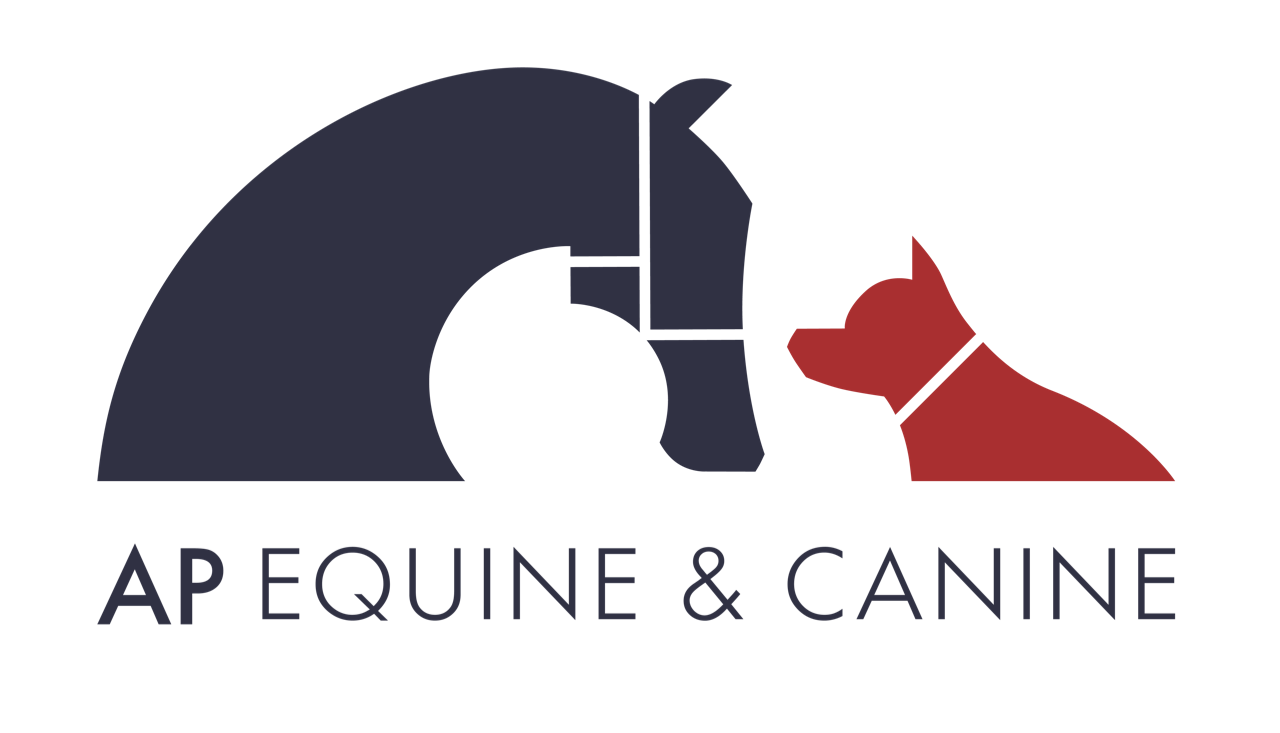EQUINE BRACHIOCEPHALICUS MUSCLE
KNOWVEMBER Week 1 (1 of 2)
••••••••••••••••••••••••••••••••••••••••
🐎 BRACHIOCEPHALICUS MUSCLE 🐎
The Brachiocephalicus has two components the cleidobrachialis & Cleidomastoidius but is collectively referred to as the Brachiocephalicus.
L O C A T I O N :
📌Runs from the top of the horses poll to the horses point of shoulder.
(Mastoid Process, C1-4------> Deltoid Tuberosity)
R O L E :
• Extends the shoulder.
• Brings the limb forwards (protraction)
• Flexes the neck towards the side of the protracting limb.
D Y S F U N C T I O N :
Main Causes: Injury/strain to this area can occur through direct trauma, rider asymmetry, chronic lameness or compensative movement patterns and tack.
Examples:
• Compensation:
Long term lamenesses or adaptive movement patterns that cause a shortening of the forelimb stride cycle will result in the muscle under or overworking (depending on which part of the stride cycle is affected). Overworked or weak muscles are more susceptible to injury.
• Tack:
Ill fitting saddles that restrict shoulder movement (i.e too tight) prevent the scapula (shoulder blade) from moving back which stops/hinders the shoulder extending. As a secoundry result the Brachiocephalicus is underworked thus, becoming weak and more susceptible to injury.
• Rider Influence:
Research by A.P Equine & Canine found a significant positive correlation between rider hand grip strength and pain thresholds of the left and right brachiocephalicus. This meaning that as riders hand grip strength becomes more asymmetric; asymmetric muscle tenderness in the left and right brachiocephalicus follows. Hence, Rider handedness can influence the muscles state of health. It was surmised that this was due to riders asymmetrically overworking the muscles and blocking neck flexion.
S Y M P T O M S O F P A I N :
• Restricted stride length of the forelimb both when bringing the limb forward and backwards.
• Reduced shoulder extension and flexion.
• Reduced ability to flex the neck when working on a circle.
Although the Brachiocephalicus’s role is to protract the limb it is still required to passively stretch when the limb is flexed. Because of this symptoms of dysfunction are not just limited to its protraction role.
Note: Not all symptoms may be present at once.
Any Questions Welcome ☺️
⏭ Next Post Topic: The Equine Serratus Ventralis (Cervical Portion) Muscle
EQUINE BRACHIOCEPHALICUS

